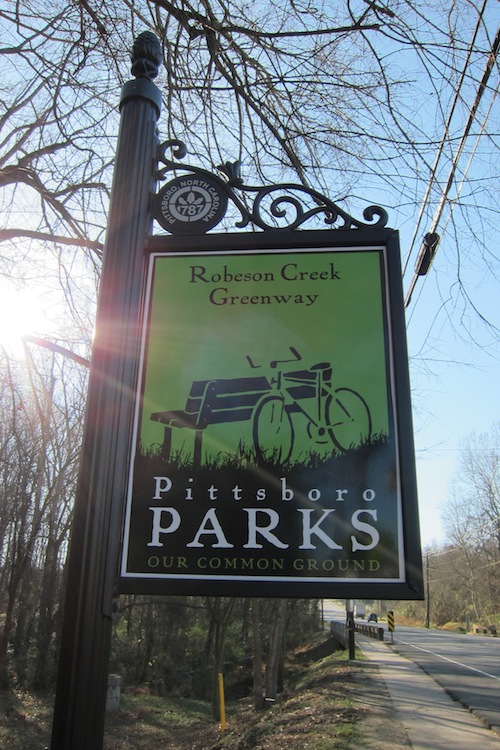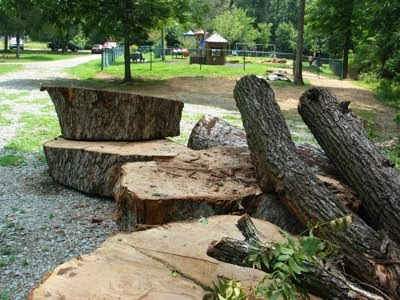Boring Playgrounds Linked to Sedentary Kids
By Kerry Grens
NEW YORK | Wed Jan 4, 2012 9:22am EST
(Reuters Health) - Potential playground hazards, a focus on
classroom learning, and boring play equipment have children spending too little
time being physically active at daycare, according to a survey of staff members
at child care centers in Ohio.
"Physical activity is essential for kids in this age
group for preventing obesity and for development," said lead study
author Dr. Kristen Copeland, a professor at Cincinnati Children's Hospital
Medical Center.
Yet, according to the responses from the daycare staff,
parents seem to value more traditional, classroom-based activities.
The researchers surveyed 49 child care providers from
Cincinnati about potential barriers to kids' physical activity.
The children are "still learning how to skip, how to
play with balls, how to share and take turns. But the teachers were saying they
were pressured by the parents and somewhat by state early learning standards to
emphasize classroom learning," Copeland told Reuters Health.
More than half of kids aged three to five years in the
United States go to daycare centers, preschools or nursery schools, her team
writes in the journal Pediatrics.
Although the teachers agreed that moving around is
important, safety concerns were also a big barrier to kids' time spent running
around and climbing.
Some of the teachers said that parents have asked for their
kids to sit out of any vigorous activity to avoid getting hurt on the
playground.
In cases when outdoor equipment had been updated to meet
safety standards, the gear became boring and kids either tired of playing on it
or they used it dangerously to make it more stimulating, the providers
reported.
Daycare facilities couldn't always afford sufficiently
challenging equipment, they said.
"Young children learn by moving," said Russell
Pate, a professor at the University of South Carolina who was not involved in
this study. "I am concerned that preschools and child care centers are
placing a very heavy focus on the development of pre-academic skills."
This research "adds in a significant way to a growing
body of information that indicates that the characteristics of preschools
influence the physical activity levels of young children," Pate told
Reuters Health.
Pate has shown in earlier work that children spend a very
small portion of their time in daycare moving around vigorously.
The American Academy of Pediatrics, the American Public
Health Association, and the National Resource Center for Health and Safety in
Child Care and Early Education recommend that preschoolers should be allowed an
hour and a half to two hours of moderate to vigorous physical activity each
day.
He said there are ways to encourage kids to exercise.
Teachers can incorporate movement into classroom activities,
and daycare centers can stock up on mobile equipment, such as tricycles and
balls, which entice kids to move.
Copeland added that parents should make sure their children
dress appropriately to play outside -- no flip flops and warm clothes.
"My advice for concerned parents would be to ask daily,
'did my child go outside today? And do they go outside daily except in the most
extreme weather?'"
SOURCE: bit.ly/y3ZdYU Pediatrics,
January 4, 2012.
-------
The Upside for Pittsboro?
Pittsboro's Robyn's Nest Creative
Learning Center, in conjunction with Chatham Partnership for Children, is working with the
Natural Learning Initiative, a premier playground design group at NCSU, to have a
cutting edge natural playground designed for their facility. Here's a
link to the planned playground: http://naturalearning.org/content/robyns-nest-creative-learning-center. When built, this should promise to be a NOT-BORING playground in a pre-school setting.



Every day I visit a number of blog sites to see content, however this offers quality based content.
ReplyDeletecommercial recreation equipment